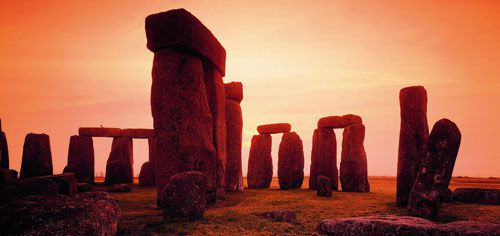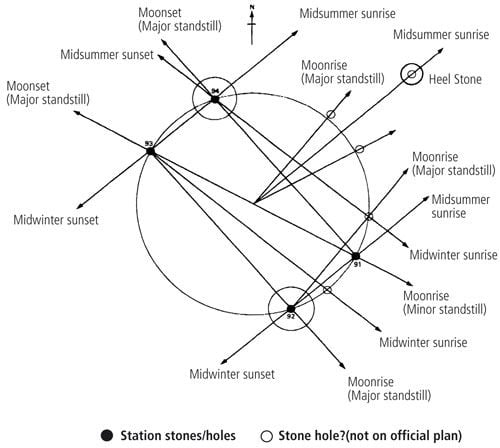In the year 2000 Patek Philippe launched its Star Caliber, amidst much acclaim. A fine book telling the story of its creation was produced, with a preface by Catherine Cardinal, curator of the Musée International D’Horlogerie in La Chaux-de-Fonds. It included this sentence: “An equation of time synchronised with the perpetual calendar and indicated by a hand; a celestial chart presenting the movements and phases of the moon; the times of sunrise and sunset, controlled by the perpetual calendar. With complications such as these, the Star Calendar 2000 is the latest in the line of the ‘astronomical’ timepieces that emerged in the sixteenth century and flourished with the new constructions of the eighteenth century. The timepiece by Patek Philippe presents the advantage of making its complications relatively easy to use, by means of systems and setting procedures that combine maximum simplicity with maximum accuracy.”
Here in England we have an older timepiece which does all of these things. It is made from earth and stone, it is called Stonehenge, it is some 80 miles south-west of London, and about 800,000 visitors come each year to wonder at it. Some guide books refer to this most famous of English icons as a monument. This is not true. Stonehenge comprises remarkably complete remains of a giant astronomical timepiece of very great age and very great accuracy.


A frequently asked question is… how old is itı There is in fact no ‘date for Stonehenge’. This because it was built in six stages, each official numbers: Stonehenge I (c.2800 BC), Stonehenge II (c.2100 BC), Stonehenge IIIa (c.2000 BC), Stonehenge IIIb (c.1750 BC), Stonehenge IIIc (c.1550 BC), and Stonehenge IV (c.1100 BC). The third stage saw the erection of the famous huge sarsen stones, in two formations, within the massive earth ditch. The first stage predates by centuries the Great Pyramid in Egypt, and commenced when the population of Great Britain at the time was, it has been calculated, no more than about 40,000 people. And they are known to have been grouped into semi-nomadic tribes each numbering only 35 to 50 members.
Now, I am going to go technical for a moment! There is plenty of evidence to confirm that Stonehenge, in the earliest stages of its construction (c.2800 BC), was employed as a lunar observatory. That is to say that ancient man could predict moonrises and moonsets as well as eclipses. This fact is made even more astonishing by the fact that moonrise posit-ions go through a long cycle, repeating exactly only after 18.61 years.
The use of the sun was a more simple matter. At Stonehenge the sun appears to rise at different points on the horizon during the year because the Earth’s axis is not at right angles to its orbit around the sun. The effect is that the sun rises due east (and sets due west) only at the equinoxes, 21st March and 23rd September. After the spring equinox, the sun rises progressively north of east, reaching its most northerly rising on midsummer day, 21st June. After this, its rising point moves south again, passing due east at the autumn equinox, and reaching its furthest point south (roughly south-east) on midwinter day, 22nd December.
Thus the builders of Stonehenge could have established precisely the dates of midsummer and midwinter each year by watching successive sunrises until one occurred along the already aligned axes. The siting of the Station Stones was related to these alignments. Here is another amazing fact about the stones at Stonehenge. Their exact positions, and both circles and ellipses were used, were calculated using a dimension now commonly called a megalithic yard. This was and is a length of precisely 2.72 feet.
In fact the Earth’s rotation is slowing down. Also, December’s tsunami earthquakes altered the Earth’s rotation by a minute fraction. When the Global Positioning System (GPS) was started in 1980 it was synchronised with Co-ordinated Universal Time (UTC), the universal standard. Today, GPS is no less than 13 seconds ahead of UTC. Leap years are under threat, and one second is going to be added to the year 2005. All food for thought for makers of complicated watches today. Nearly 5,000 years ago the English were on to this, but that is another (and very complicated!) story.
Source: August - September 2005 Issue
Click here to subscribe to Europa Star Magazine.





